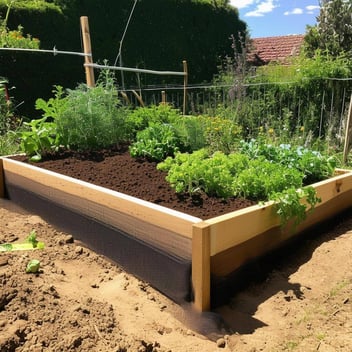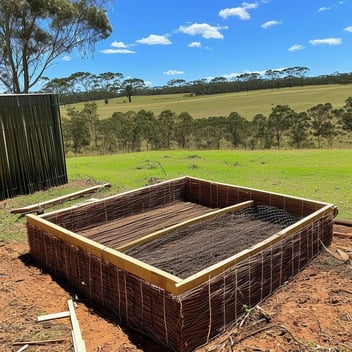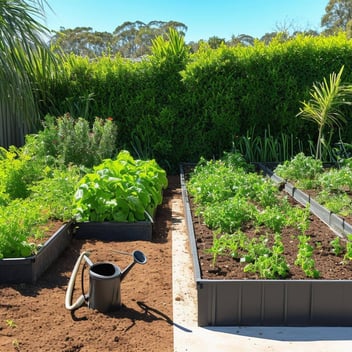How to Maintain Perfect Moisture Levels in Your Wicking Bed
Maintaining optimal moisture levels in your wicking bed is essential for healthy plant growth and efficient water usage. Here's how to achieve and sustain the perfect balance:
1. Understand the Wicking Mechanism
Wicking beds function by drawing water upward from a reservoir through capillary action, providing consistent moisture directly to plant roots. This system reduces evaporation and ensures plants receive water as needed. However, it's crucial to monitor and adjust the water levels to prevent over-saturation or dryness.
2. Install an Overflow System
To prevent waterlogging, incorporate an overflow pipe near the top of the reservoir. This allows excess water to drain out, maintaining the appropriate water level and preventing the soil from becoming too saturated. Regularly check that the overflow system is clear of blockages to ensure proper function.
3. Use the Right Soil Mix
The soil in your wicking bed should be well-aerated and capable of retaining moisture without becoming compacted. A balanced mix of quality soil, compost, and other organic matter is recommended. Avoid heavy clay soils, as they can impede water movement and lead to poor aeration.
4. Monitor Water Levels Regularly
Especially during warmer periods, check the water level in the reservoir every 2–3 weeks and refill as needed. This ensures that plants have a continuous water supply and helps maintain consistent soil moisture. Using a dipstick or installing a water level indicator can assist in monitoring.
5. Mulch the Surface
Applying a layer of mulch on top of the soil helps conserve moisture and regulate soil temperature. Mulch reduces evaporation from the soil surface, keeping the moisture levels more stable and benefiting plant health.
6. Prevent Salt Build-Up
Over time, salts from fertilizers and water can accumulate in the soil, potentially harming plants. To mitigate this, periodically flush the system by allowing water to flow through and drain out, carrying excess salts with it. Ensuring proper drainage and avoiding over-fertilization also help prevent salt accumulation.
7. Adjust for Seasonal Changes
During cooler months, plants may require less water. Monitor soil moisture and adjust watering frequency accordingly to avoid overwatering. Conversely, in hotter periods, more frequent checks and refills may be necessary to maintain optimal moisture levels.
By implementing these practices, you can effectively maintain perfect moisture levels in your wicking bed, promoting healthy plant growth and efficient water use throughout the growing season.




